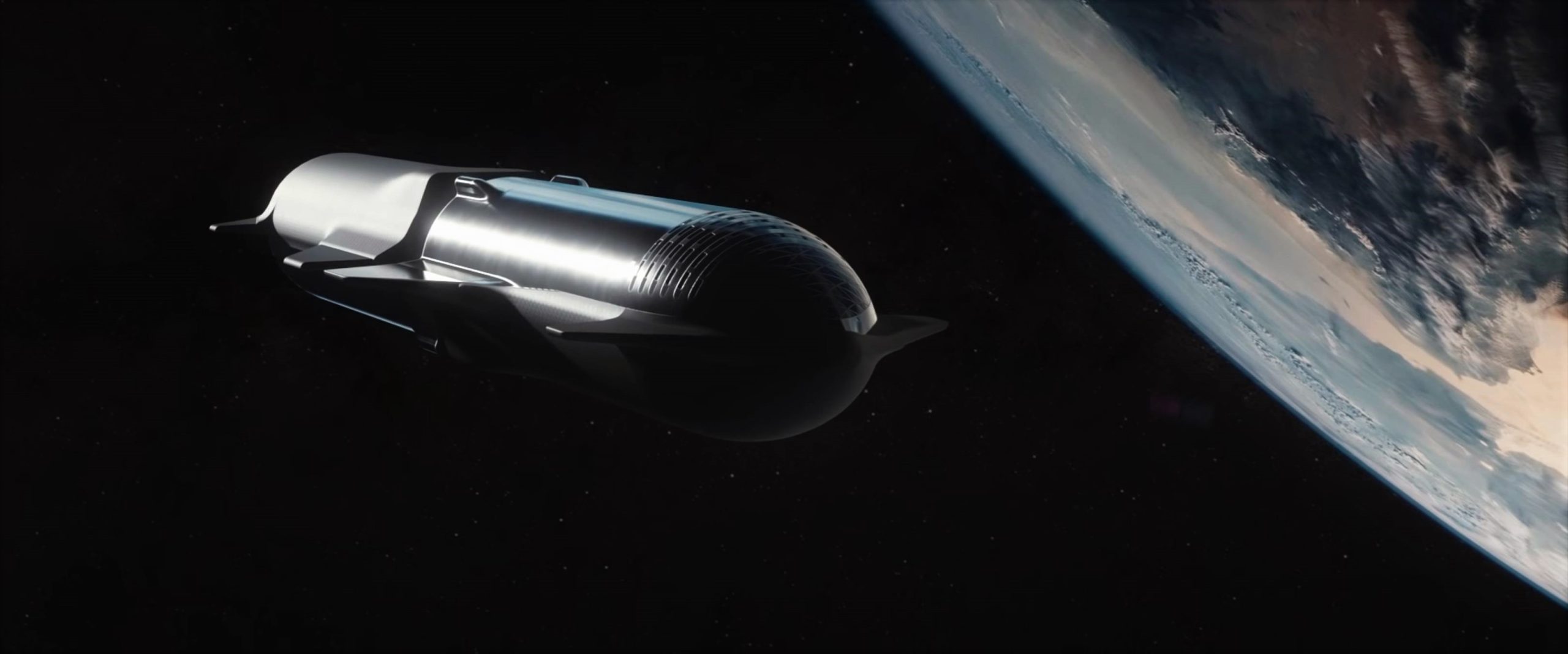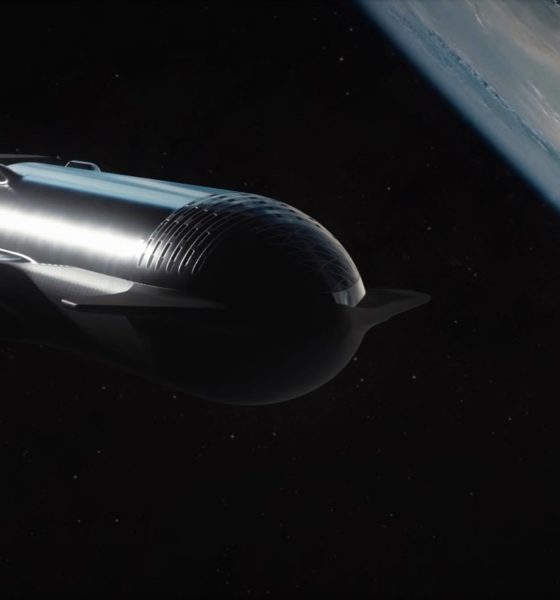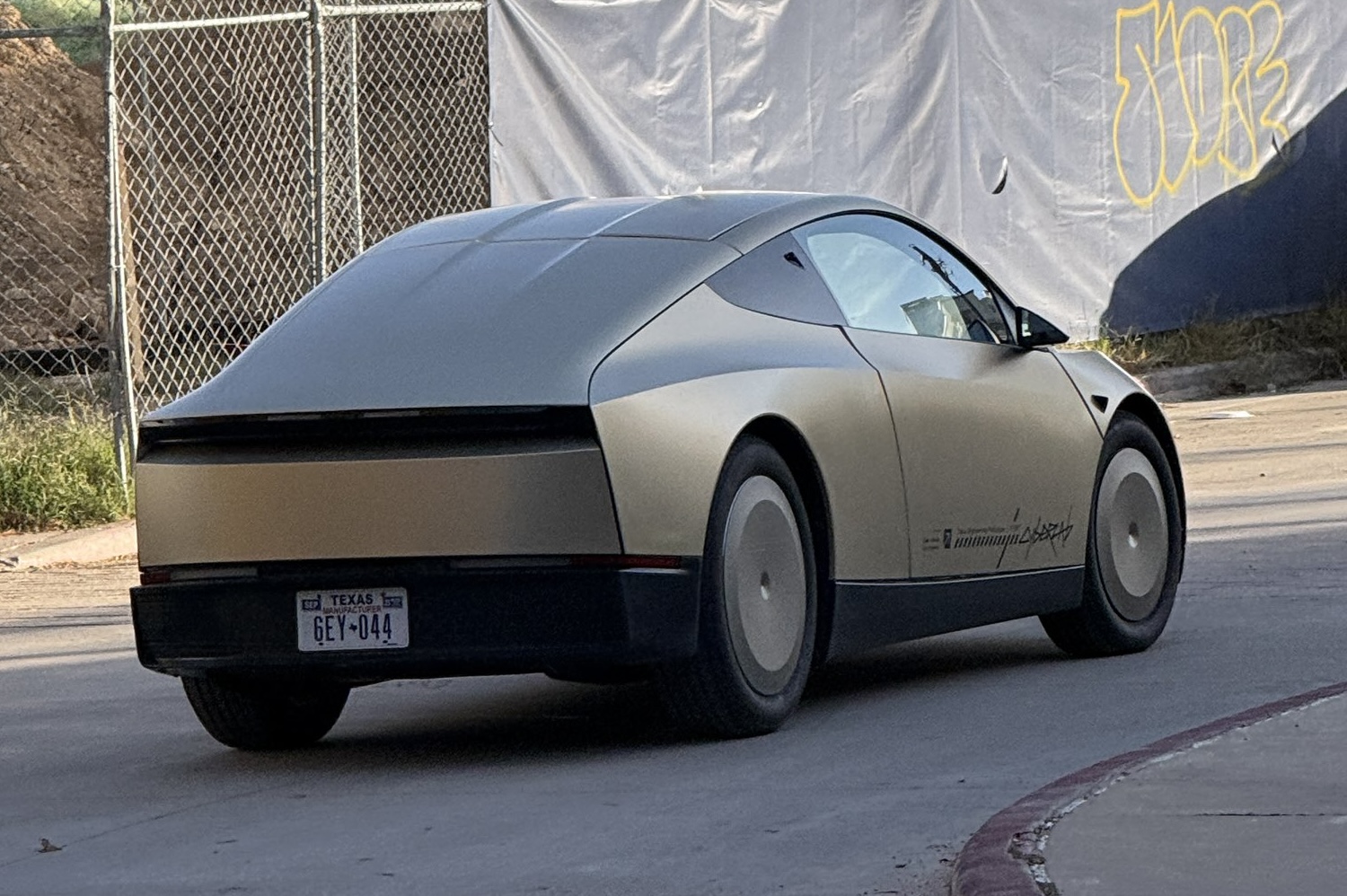

News
SpaceX CEO Elon Musk details orbital refueling plans for Starship Moon lander
After a much-anticipated GAO denial of Blue Origin and Dynetics protests over NASA’s decision to solely award SpaceX a contract to turn Starship into a crewed Moon lander, an in-depth (but heavily redacted) document explaining that decision was released on August 10th.
Aside from ruthlessly tearing both companies’ protests limb from limb, the US Government Accountability Office’s decision also offered a surprising amount of insight into SpaceX’s HLS Starship proposal. One of those details in particular seemed to strike an irrational nerve in the online spaceflight community. Specifically, in its decision, GAO happened to reveal that SpaceX had proposed a mission profile that would require as many as 16 launches to fully fuel a Starship Lander and stage the spacecraft in an unusual lunar orbit.
After around 24 hours of chaos, confusion, and misplaced panic, SpaceX CEO Elon Musk finally weighed in on the GAO document’s moderately surprising indication that each Starship Moon landing would require sixteen SpaceX launches.
Confirming many expectations, SpaceX’s solution to sending an entire single-stage Starship to the Moon, landing it on the lunar surface, and returning it to a lunar orbit (and maybe even Earth) goes as follows.
First, SpaceX will launch a custom variant of Starship that was redacted in the GAO decision document but confirmed by NASA to be a propellant storage (or depot) ship last year. Second, after the depot Starship is in a stable orbit, SpaceX’s NASA HLS proposal reportedly states that the company would begin a series of 14 tanker launches spread over almost six months – each of which would dock with the depot and gradually fill its tanks.
Third, once the depot ship is topped off, the actual Starship Moon lander would launch, dock with the depot, and be fully fueled. Finally, the fueled lander would fire up its Raptor engines and head to the Moon, where it would enter a near-rectilinear halo orbit (NRHO) – a weird high-altitude, elliptical orbit only necessary because NASA’s Orion spacecraft and SLS rocket are too underpowered to reach a more normal, functional orbit around the Moon.
After reaching NRHO, Starship would dock with Orion (or vice versa), receive its Artemis astronauts, land on the Moon for several days, and launch back to NRHO to return those astronauts to Orion. After its main mission is complete, it remains to be seen if Starship will have enough propellant left over to return to some kind of Earth orbit, where it could potentially be refueled and reused on future missions to the lunar surface.
In response to GAO revealing that SpaceX proposed as many as 16 launches – including 14 refuelings – spaced ~12 days apart for every Starship Moon lander mission, Musk says that a need for “16 flights is extremely unlikely.” Instead, assuming each Starship tanker is able to deliver a full 150 tons of payload (propellant) into orbit after a few years of design maturation, Musk believes that it’s unlikely to take more than eight tanker launches to refuel the depot ship – or a total of ten launches including the depot and lander.
But, as Musk notes, so long as Starship gets anywhere close to its design objectives, it would be a non-issue even if each Starship Moon lander mission somehow required 16 launches. A step further, assuming that SpaceX proposed 16 launches per mission out of an abundance of conservatism, it’s fair to assume that a 12-day gap between tanker launches is also an extremely conservative worst-case scenario. Per Musk and SpaceX, Starship’s design goals call for multiple reuses of ships and boosters per day. Even if SpaceX falls a full magnitude short of those ambitious goals, Starship tankers should feasibly be able to launch every few days or maybe every week.
But thanks to SpaceX’s relatively conservative proposal, the company now knows that NASA is more than happy with Starship even if it falls something like 50% short of its payload performance goals and two magnitudes short of its reusability goals.

News
Tesla Cybercab tests are going on overdrive with production-ready units
Tesla is ramping its real-world tests of the Cybercab, with multiple sightings of the vehicle being reported across social media this week.

Tesla is ramping its real-world tests of the Cybercab, with multiple sightings of the autonomous two-seater being reported across social media this week. Based on videos of the vehicle that have been shared online, it appears that Cybercab tests are underway across multiple states.
Recent Cybercab sightings
Reports of Cybercab tests have ramped this week, with a vehicle that looked like a production-ready prototype being spotted at Apple’s Visitor Center in California. The vehicle in this sighting was interesting as it was equipped with a steering wheel. The vehicle also featured some changes to the design of its brake lights.
The Cybercab was also filmed testing at the Fremont factory’s test track, which also seemed to involve a vehicle that looked production-ready. This also seemed to be the case for a Cybercab that was spotted in Austin, Texas, which happened to be undergoing real-world tests. Overall, these sightings suggest that Cybercab testing is fully underway, and the vehicle is really moving towards production.
Production design all but finalized?
Recently, a near-production-ready Cybercab was showcased at Tesla’s Santana Row showroom in San Jose. The vehicle was equipped with frameless windows, dual windshield wipers, powered butterfly door struts, an extended front splitter, an updated lightbar, new wheel covers, and a license plate bracket. Interior updates include redesigned dash/door panels, refined seats with center cupholders, updated carpet, and what appeared to be improved legroom.
There seems to be a pretty good chance that the Cybercab’s design has been all but finalized, at least considering Elon Musk’s comments at the 2025 Annual Shareholder Meeting. During the event, Musk confirmed that the vehicle will enter production around April 2026, and its production targets will be quite ambitious.
News
Tesla gets a win in Sweden as union withdraws potentially “illegal” blockade
As per recent reports, the Vision union’s planned anti-Tesla action might have been illegal.

Swedish union Vision has withdrawn its sympathy blockade against Tesla’s planned service center and showroom in Kalmar. As per recent reports, the Vision union’s planned anti-Tesla action might have been illegal.
Vision’s decision to pull the blockade
Vision announced the blockade in early December, stating that it was targeting the administrative handling of Tesla’s facility permits in Kalmar municipality. The sympathy measure was expected to start Monday, but was formally withdrawn via documents sent to the Mediation Institute and Kalmar Municipality last week.
As noted in a Daggers Arbete report, plans for the strike were ultimately pulled after employer group SKR highlighted potential illegality under the Public Employment Act. Vision stressed its continued backing for the Swedish labor model, though Deputy negotiation manager Oskar Pettersson explained that the Vision union and IF Metall made the decision to cancel the planned strike together.
“We will not continue to challenge the regulations,” Petterson said. “The objection was of a technical nature. We made the assessment together with IF Metall that we were not in a position to challenge the legal assessment of whether we could take this particular action against Tesla. Therefore, we chose to revoke the notice itself.”
The SKR’s warning
Petterson also stated that SKR’s technical objection to the Vision union’s planned anti-Tesla strike framed the protest as an unauthorized act. “It was a legal assessment of the situation. Both for us and for IF Metall, it is important to be clear that we stand for the Swedish model. But we should not continue to challenge the regulations and risk getting judgments that lead nowhere in the application of the regulations,” he said.
Vision ultimately canceled its planned blockade against Tesla on December 9. With Vision’s withdrawal, few obstacles remain for Tesla’s long-planned Kalmar site. A foreign electrical firm completed work this fall, and Tesla’s Careers page currently lists a full-time service manager position based there, signaling an imminent opening.
News
Tesla Semi program Director teases major improvements

Tesla Semi Program Director Dan Priestly teased the major improvements to the all-electric Class 8 truck on Thursday night, following the company’s decision to overhaul the design earlier this year.
Priestley said he drove the Semi on Thursday, and the improvements appear to be welcomed by one of the minds behind the project. “Our customers are going to love it,” he concluded.
Just drove the redesigned Semi. Our customers are going to love it. https://t.co/KZ88sf1CDL
— Dan Priestley (@danWpriestley) December 19, 2025
The small detail does not seem like much, but it is coming from someone who has been involved in the development of the truck from A to Z. Priestley has been involved in the Semi program since November 2015 and has slowly worked his way through the ranks, and currently stands as the Director of the program.
Tesla Semi undergoes major redesign as dedicated factory preps for deliveries
Tesla made some major changes to the Semi design as it announced at the 2025 Annual Shareholder Meeting that it changed the look and design to welcome improvements in efficiency.
Initially, Tesla adopted the blade-like light bar for the Semi, similar to the one that is present on the Model Y Premium and the Cybertruck.
Additionally, there are some slight aesthetic changes to help with efficiency, including a redesigned bumper with improved aero channels, a smaller wraparound windshield, and a smoother roofline for better aero performance.
All of these changes came as the company’s Semi Factory, which is located on Gigafactory Nevada’s property, was finishing up construction in preparation for initial production phases, as Tesla is planning to ramp up manufacturing next year. CEO Elon Musk has said the Semi has attracted “ridiculous demand.”
The Semi has already gathered many large companies that have signed up to buy units, including Frito-Lay and PepsiCo., which have been helping Tesla test the vehicle in a pilot program to test range, efficiency, and other important metrics that will be a major selling point.
Tesla will be the Semi’s first user, though, and the truck will help solve some of the company’s logistics needs in the coming years.








